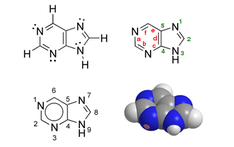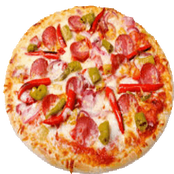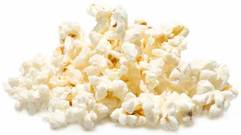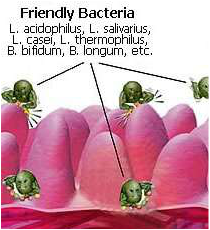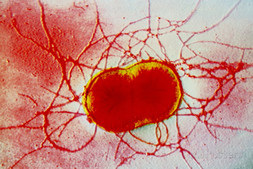
Urinary tract infections caused by P. mirabilis usually occur in patients under long-term catherization. Pyelonephritis (kidney infection) can occur when the bacteria migrates from the lower urinary tract. Proteus mirabilis can enter the bloodstream through wounds inducing inflammatory response that can cause sepsis and systemic inflammatory response syndrome (SIRS). It can also, though it is less common, colonize the lungs causing pneumonia, and prostate causing prostatitis.
Proteus mirabilis infections can be treated with broad-spectrum penicillins or cephalosporins except in severe cases. It has experienced increasing drug resistance of ampicillin, trimethoprim, and ciprofloxin.
Proteus mirabilis is part of the normal flora of the gastrointestinal tract, and as a result the bacteria enters the urinary tract or infects medical equipment by the fecal route. Consequently, prevention includes good sanitation and hygiene, including proper sterilization of medical equipment. It is also suggested that patients not requiring catherization should not receive catherization, despite its convenience for the caretaker.
